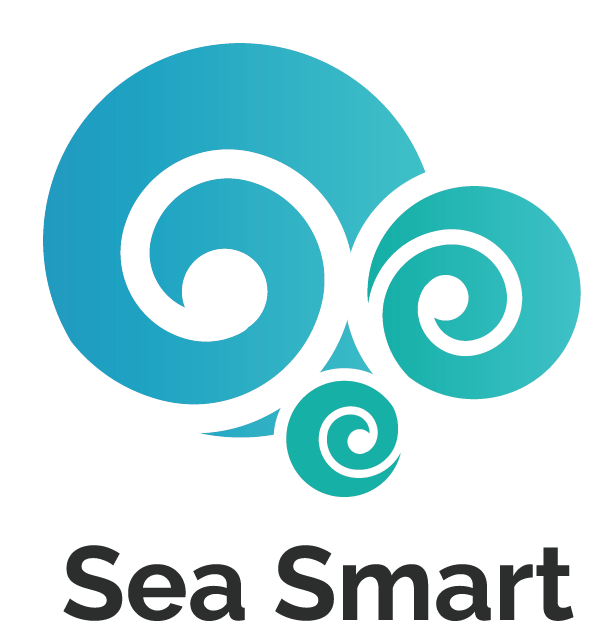Activity - Climate Change and Ocean Currents
By Brittany Ahmann, Environmental Educator, Sea Smart
The learning concepts of this activity are best suited for early elementary age children, but the activity itself can be fun for any young child!
Did you know?
The oceans currents are driven by thermohaline circulation which means the differences in temperature (thermo) and salinity (haline). The differences in density drive the movement of water around the world and result in vertical mixing (1). Try this fun activity to demonstrate how ocean currents are driven!
The great ocean conveyor beltWhat will you need?
Large glass baking pan
Cold water
Several ice cubes
Hot water
Salt
Food colouring
Step by step instructions:
1. In the baking sheet add the cold water, ice cubes, and a couple drops of blue colouring.
2. Add a couple drops of red food colouring to the hot water.
3. Slowly pour the hot water into the cold.
4. Observe what happens.
5. Repeat with adding fresh (tap water) to saltwater (2tsp of salt for every 1 cup of water).
6. You can also try this using hot water and room temperature water to see the difference.
What’s happening?
This activity demonstrates how changes in temperature and salinity drive ocean currents and mixing. Adding hot water to room temperature water rather than the cold water demonstrates how as our climate changes, ocean currents will also change (2).
Why this matters:
Climate change is a growing concern for our oceans and researchers still don’t fully understand how changes in ocean circulation will impact species distribution or even their survival.
Have a discussion with your family about how these changes might impact marine life and what your family can do to reduce your impact on climate change.
Liked this experiment?
Show us your experiments on social media and check out our other marine biology activities to do during school closures!
Bibliography
1. NOAA. (n.d.). Currents: Thermohaline circulation. National Oceanic and Atmospheric Administration. Retrieved March 19, 2020, from https://oceanservice.noaa.gov/education/tutorial_currents/05conveyor1.html
2. Marotzke, J. (2000). Abrupt climate change and thermohaline circulation: Mechanisms and predictability. National Academy of Sciences, 97(4), 1347–1350. https://doi.org/https://doi.org/10.1073/pnas.97.4.1347


